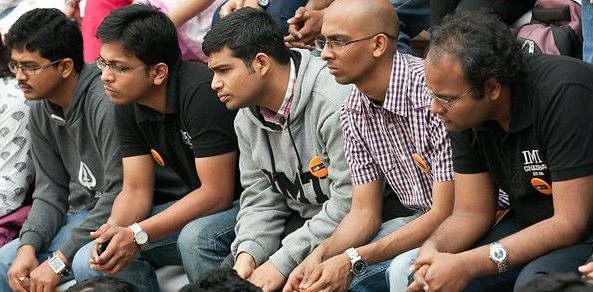– Mohd Naushad Khan
In a groundbreaking study conducted by Abu Saleh Shariff, a renowned scholar and former Secretary of the Sachar Committee, in collaboration with Absar Alam, socio-religious disparities within India’s youthful workforce have been brought to the forefront. The research, which delved into the socio-economic challenges faced by marginalized communities such as Muslims, SCs, STs, and OBCs, underscores a pressing need for action, even six decades after independence.
The findings of the study emphasize the urgency of addressing these disparities, not only for the sake of societal equity but also to harness the full potential of India’s demographic dividend. Despite past efforts by governments to target poverty reduction, certain socio-religious groups remain entrenched in disadvantage, necessitating focused analytical and policy attention.
Drawing on data from the Sachar Committee Report of 2006 and the Census of India (2011), the study reveals stark realities. Muslims, constituting the largest socio-religious minority with a 70% share among minorities, face considerable challenges despite their youthful advantage. With an average mean age of 25, significantly younger than other groups, Muslims possess immense potential for contributing to the Indian economy in the coming decades.
However, the educational landscape presents a concerning picture, with over 60% of the Muslim population having education levels below secondary, and only 6.5% attaining education above higher secondary. This glaring disparity underscores the imperative of targeted interventions to ensure inclusive access to higher education for Muslim youth.
Moreover, employment patterns highlight significant underrepresentation of SCs, STs, and Muslims in secure, salaried positions, particularly within the modern services sector. Despite their vital contributions, these marginalized groups are disproportionately engaged in unskilled manual labor and low-paid, temporary daily wage work.
The study also exposes the vulnerability of Muslim workers, with around 90% undertaking paid employment without written contracts. Additionally, poverty measures reveal that SCs, STs, and Muslims are the most disadvantaged groups, with high incidences of poverty among their child and youth populations.
In conclusion, while India has made strides in reducing overall poverty since independence, the persistence of socio-economic challenges among marginalized communities demands immediate attention. The study underscores the imperative of targeted interventions to address educational disparities, promote equitable access to economic opportunities, and ensure inclusive growth for all segments of society.




